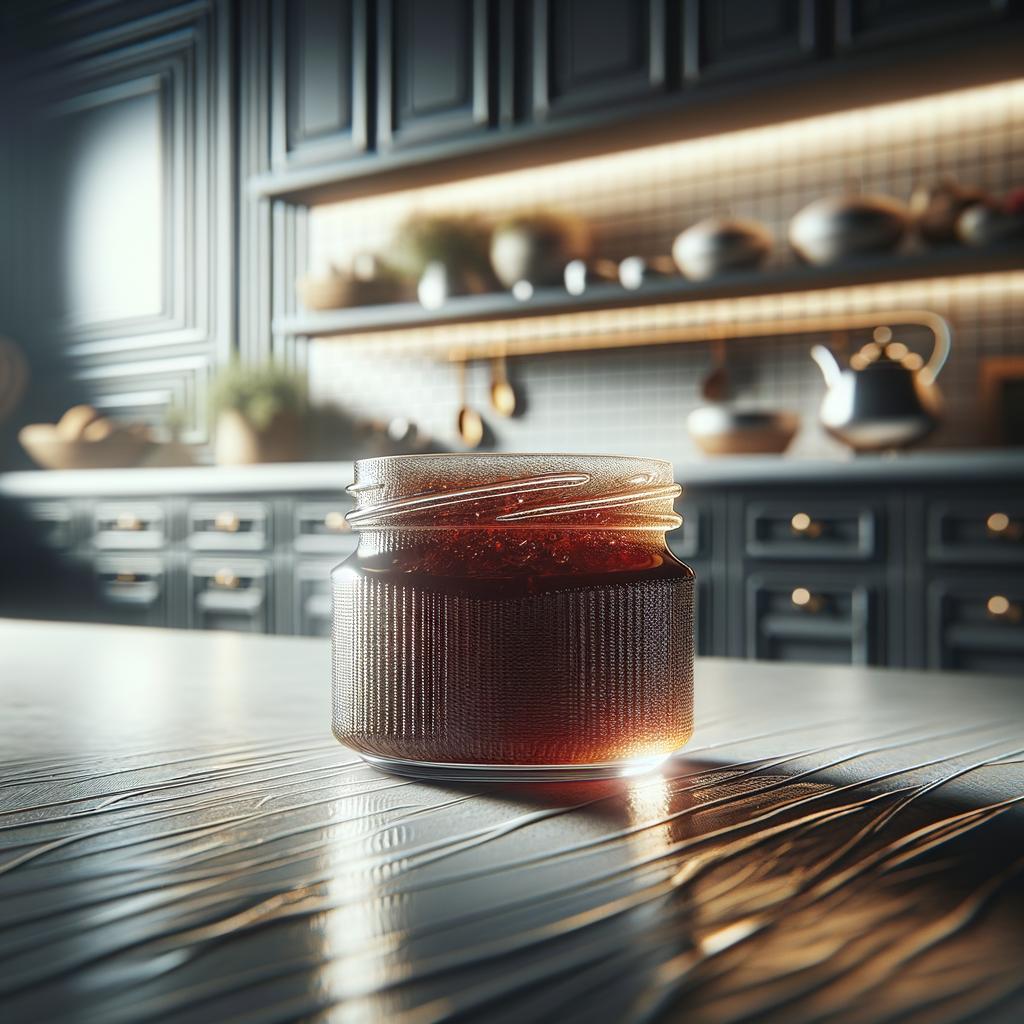Jam or Cream

Jam
Description Jam, a delightful and versatile ingredient, is the epitome of preserving the essence of fruits at their peak. Its appearance is typically a thick, glossy substance that ranges in color depending on the fruit used, from the deepest purples of blueberry jam to the bright orange hues of apricot jam. The texture is a satisfying balance of chunky and smooth, with pieces of fruit suspended in a sweet, sticky syrup. Its flavor profile is a tantalizing combination of sweet and tart, capturing the essence of fresh fruit and sugar, often with a hint of acidity.
Unique to jam is its ability to hold the taste of summer within its jar, a characteristic that sets it apart from other fruit preserves. The presence of fruit chunks gives it a distinctive texture and a more intense fruit flavor compared to its smoother cousin, jelly.
Primary Uses Jam is commonly used as a sweetening agent in a variety of dishes. It's a key component in breakfast spreads, slathered on toast, pancakes, or scones. It's also used in baking, adding a sweet, fruity layer to cakes, cookies, and pastries. In savory dishes, it can be used as a glaze for meats or as a component in sauces, adding a sweet-tart element that balances rich flavors.
Beyond the culinary world, jam has cultural significance in many societies, symbolizing preservation, abundance, and homey comfort.
History The history of jam dates back to the ancient Greeks and Romans who first made it by mixing honey with crushed fruits. Over time, the art of jam-making spread across Europe, with each region developing its own unique recipes. In the Middle Ages, jam was a luxury item enjoyed by the wealthy. It was during the 19th century that it became a staple in every household, thanks to the invention of canning.
There are countless tales associated with jam. For instance, the story of how Mary, Queen of Scots, was soothed by strawberry jam during her illness, leading to the term 'jam' - a play on 'Je suis malade', meaning 'I am ill' in French.
Nutritional Information Jam is rich in simple carbohydrates, primarily from the fruit and added sugars. It's also an excellent source of Vitamin C, particularly if made from citrus fruits. However, due to its high sugar content, it should be consumed in moderation. Compared to fresh fruit, it has less fiber and more sugar, but it does retain some of the antioxidants found in fruit.
Cream
Description Cream, a dairy product with a rich and velvety texture, is the thicker portion of milk that rises to the top due to its high-fat content. Its color varies from white to pale yellow, and its flavor is a delectable balance of sweet and slightly tangy.
What sets cream apart from other dairy products is its fat content, which gives it a luxurious mouthfeel and the ability to be whipped into frothy peaks or churned into butter.
Primary Uses Cream is a cornerstone in both sweet and savory dishes. It's used to enrich soups and sauces, add creaminess to pasta dishes, and provide the base for custards and ice cream. It can be whipped and sweetened for desserts, or soured to create a tangy cream perfect for dolloping on tacos or baked potatoes.
Beyond cooking, cream has a place in traditional dairy farming cultures, where it's celebrated for its richness and versatility.
History Cream has been a part of human diets since the domestication of animals. Its use in cooking is documented in the oldest surviving recipes from ancient Sumer. In England, clotted cream has a history dating back to at least the 14th century, and it remains a beloved part of the traditional English cream tea.
There are numerous stories associated with cream, from the tale of the magical Dun Cow in English folklore, whose endless supply of cream saved a town from famine, to the legend of the cream-filled Horn of Amalthea in Greek mythology.
Nutritional Information Cream is high in fat, particularly saturated fat, and provides a concentrated source of calories. It's also a good source of vitamins A and D, as well as calcium. However, due to its high fat and calorie content, it should be used sparingly. Compared to other dairy products, cream has a higher fat content and less protein. Despite this, it can be a part of a balanced diet when used in moderation, adding a touch of luxury to your meals.

